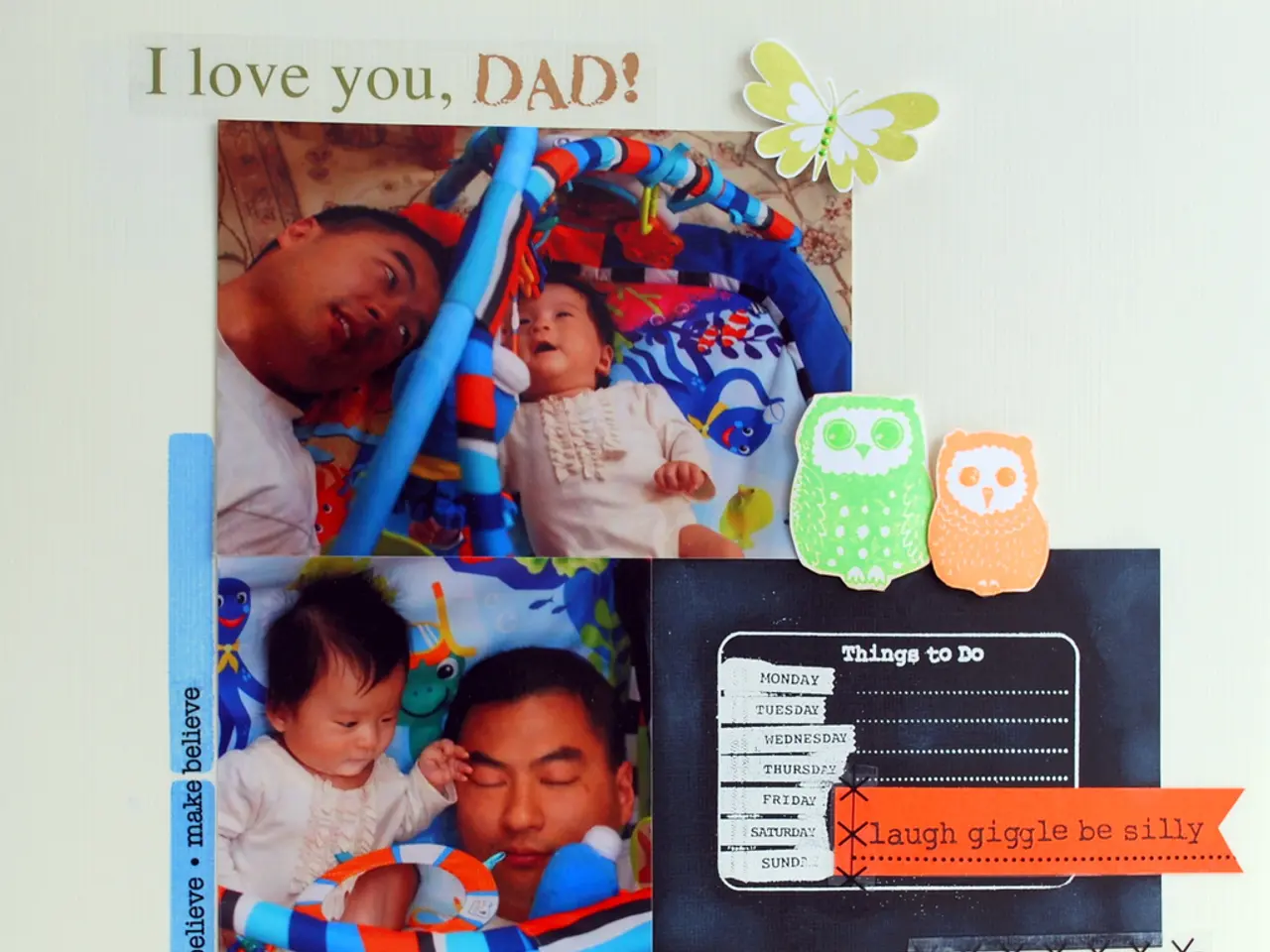Strategies to Minimize Labor Pains: Top 10 Proven Methods
In the journey towards childbirth, managing labor pain is a crucial aspect for expectant mothers. Here are some effective, natural techniques to help you navigate through this process and promote a more comfortable delivery experience.
Slow, deep breathing exercises are a fundamental method for pain management. By practicing rhythmic breathing with the help of a partner or someone comfortable, you can effectively manage labor pain. It's recommended to moan as you exhale to help release tension.
Immersing yourself in warm water can be incredibly soothing during labor. Warm water therapy, such as a bath or a birth pool, can help cope with contractions. Alternatively, directing warm water onto the lower back or abdomen using a showerhead or mug can also bring relief. However, it's important to ensure the pressure of the showerhead is not too forceful.
Physical comfort strategies can also play a significant role. A gentle massage can be soothing and reduce labor pain. Placing a cold pack on painful parts or a hot compress on the abdomen, groin, or lower back can provide relief.
Movement is another key factor in labor pain management. Walking, stretching, swaying, and squatting are all effective ways to promote proper baby positioning and reduce discomfort. Using a birthing ball can help encourage the baby down the pelvic canal by utilizing gravity and rotation.
Creating a comfortable environment during birth can significantly aid relaxation. This can include dimmed lights, calming music, and familiar objects.
The Lamaze method is a well-known approach that prepares mothers physically and psychologically to reduce pain and anxiety during labor. This method involves practiced breathing patterns, relaxation techniques, and distraction. Consistent practice of these techniques before and during labor enhances their effectiveness and can reduce the need for medical pain relief.
Emotional support from a partner or doula is also essential. A doula is a professional who provides emotional and physical support during labor, not involved in the medical aspect. Having a supportive presence can significantly aid pain management.
It's important to note that most hospitals now use a controlled epidural drip technique for pain management during labor, allowing the patient to control the setting and release more medication if needed.
Fear during labor can cause physiological reactions that reduce the flow of blood to the uterus, tire out muscles, and increase pain. Therefore, visualization, calming mental imagery, making soothing sounds, and other distraction techniques can be beneficial in managing fear and promoting a smoother delivery process.
Additionally, methods like aromatherapy with essential oils, using a TENS machine for back pain, and other holistic approaches can be beneficial in managing labor pain.
In conclusion, combining physical comfort strategies, controlled breathing, mental focus, and emotional support provides a holistic and natural way to cope with labor pain while promoting a smoother delivery process.
Parenting involves understanding the importance of mental health, and incorporating methods like the Lamaze method can help expectant mothers manage labor pain and reduce anxiety. Aromatherapy with essential oils or using a TENS machine for back pain are examples of holistic approaches that can also be beneficial in pain management.
Health-and-wellness and mental-health are not necessarily related to the given topic of managing labor pain directly, but they are essential aspects in the overall well-being of a new parent. It is recommended that new parents prioritize self-care and seek professional help when needed to ensure a smooth transition into parenthood.




